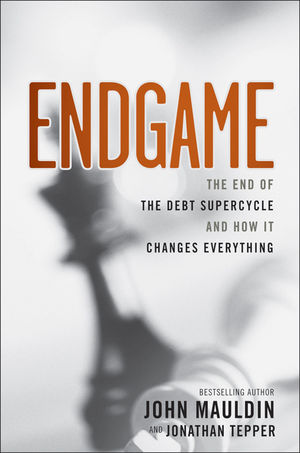Startupland is a magical, mythical place where the unicorns roam free and much of the advice dished out to nascent entrepreneurs has more in common with a romantic fantasy novel than the hard work of building a business.
Mikkel Svane’s Startupland is not one of those books. Svane, the co-founder and CEO of cloud based customer business Zendesk, is instead a tough description of the challenges and personal costs of venturing into business for yourself and the harsh, demanding realities of the Silicon Valley statup model.
“No-one tells you how little you get paid,” warns Svane as he charts his own journey from developing and selling through Stockholm’s computer shops of the mid 1990s a basic program that created 3D optical illusions through to floating Zendesk on the NASDAQ in 2014.
During Zendesk’s journey Svane and his business partners experienced the entire range of challenges that a business founder could face ranging from managing high growth, laying off staff in the face of a downturn, the inevitable pivots and, sadly, the passing of a valued employee.
“Startups are fragile” warns Svane and observes how he nearly fell for the trap all business owners have been tempted by in doing consulting work to provide cash for the business. Invariably the side job comes to dominate and the new venture withers due to lack of attention.
Working from home
For those starting out in business, whether it’s a tech startup or something a big more mundane, the observations and tips on working for home are worthwhile in themselves, if you find you’re one of the type that “sits at home and eats toasts and masturbates” then it’s probably best to find an office or coworking space.
Having had the opportunity to interview Svane a number of times, his own passion and character comes clearly out of the book including his view that seemingly boring things like customer support is sexy, citing how Marilyn Monroe fell for Arthur Miller (although that didn’t end well).
The ‘boring is sexy’ mantra is one Svane repeats throughout the book, and his contention is seemingly mudane areas like customer support are where the real business opportunities lie.
Business is about relationships
Ultimate Svane sees business as being about relationships; between customers, staff and investors. His view on accepting investor’s money is an important lesson from the book.
“Great investors have unique relationships with their founders, and they are dedicated to growing the company,” writes Svane. “Mediocre and bad investors work around founders, and the company ends in disaster.”
The brutal truth
In telling the brutal truth about starting a business Svane gives anyone considering the idea of ditching the cubicle a realistic view of the challenges ahead. That advice alone will save many families from the stresses and costs of self employment and startup land.
Those considering entering the world of startups, small business or self-employment should read Startupland. If you’ve already started that journey, then Svane’s story is worth reading to show you aren’t alone in your daily challenges.


